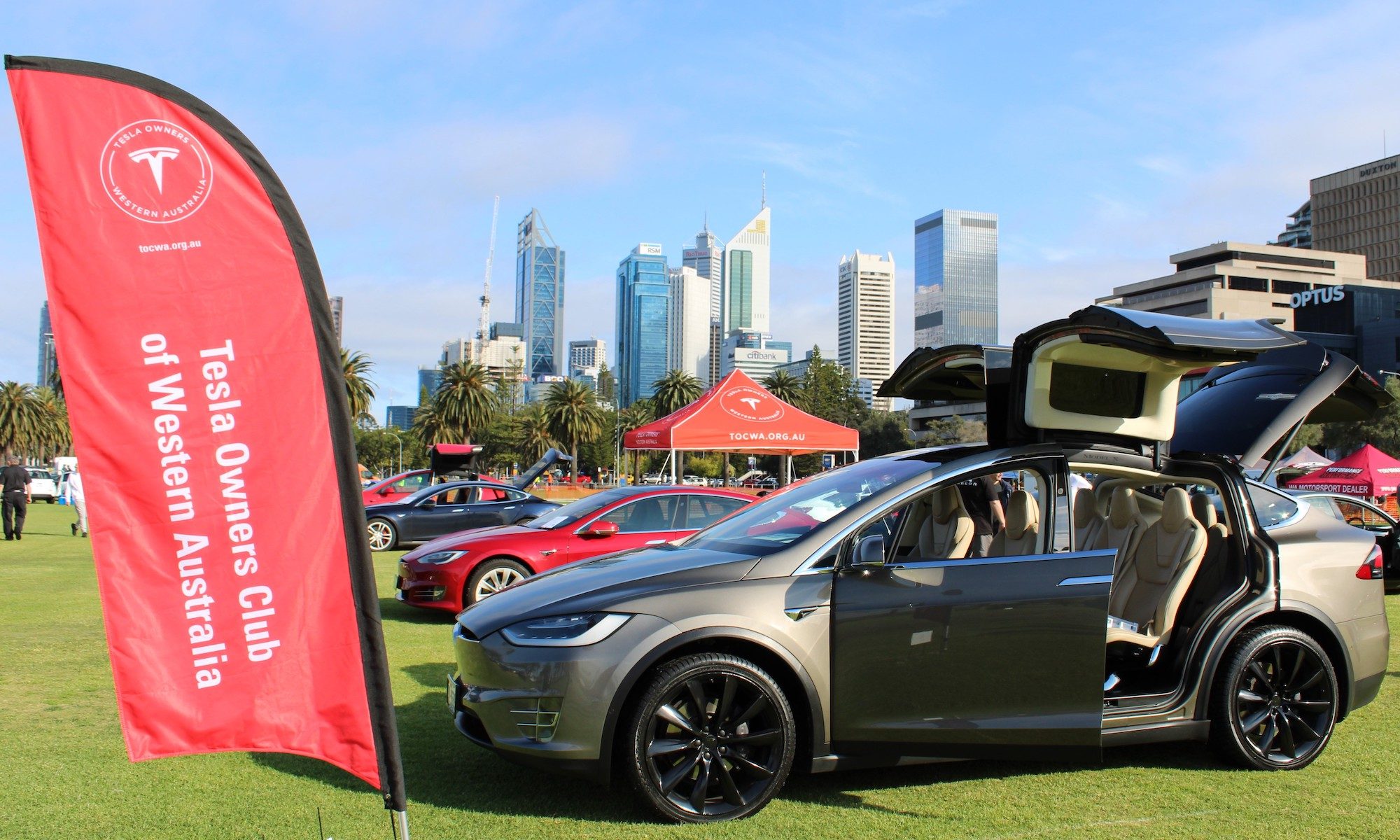Ever wondered how many ways there are to open the charge port?
This video shows all.
Set or change your Home/Work location Pro Tip
Ever wondered how to easily set or change your Home or Work location?
This video shows how.
Charge port unlock Pro Tip
Ever wondered how to unlock the charge port without using the touch-screen?
This video shows how:
One-touch Navigate Pro Tip
Ever wondered how to navigate to work or home with a single touch?
This video shows how:
Why the push for Hydrogen Fuel Cell Vehicles?
I’ll get straight to point on my personal view, using Hydrogen in heavy industry has good potential, replacing inefficient and heavily polluting fossil fuels with an energy storage medium that can be made from renewable energy is a step in the right direction. The problem is the large and ever increasing finances being used to market the “Hydrogen economy” is seemingly aimed at promoting Hydrogen fuel for road transport, specifically passenger vehicles.
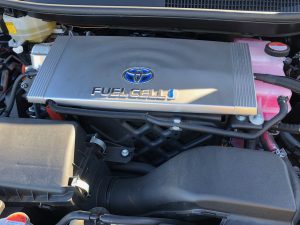
When internal combustion engines were the only transport drivetrain possible the message was HFCVs have potential but they’re still at least 10 years away, this message has now turned to why buy a Battery Electric Vehicle (BEV) when the better HFCV has almost arrived. Let me be perfectly clear, competitive Hydrogen Fuel Cell Vehicles were 10 years away in 1980, they were 10 years away in the year 2000 and now in 2020 they are still 10 years away.
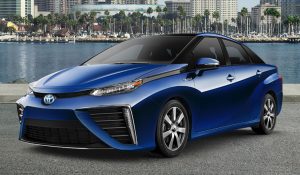
If HFCVs are apparently better than BEVs what advantages do they have? Basically in two areas and they’re both debatable, potential 5 minute refills and 600kms per tank is only an advantage in country areas for drivers with large bladders, around the city and suburbs where the average car travels 40kms per day it will not improve the driving experience.
So what are the disadvantages compared to a pure Battery Electric Vehicle? Without making this a long technical article I’ll just point out a few of many: HFCVs have far less performance, less interior room; they can’t be refilled at home as can be done with BEVs; they have more serviceable parts that add to the running and production costs; but most significantly the refueling cost per kilometre driven is multiple times more expensive than a BEV. The last is due to two clear reasons: one is the need to purchase fuel from a centralized energy system and two is the enormously inefficient process of producing and transporting Hydrogen fit for a vehicle, currently it requires 3 times the overall energy to move a HFCV the same distance as BEV. Regardless of the initial power source it would require 3 times the Solar farms, 3 times the Wind turbines or most significantly 3 times the Natural Gas to move a large fleet of Hydrogen vehicles the same distance as a fleet of Battery Electric Vehicles, that’s a massive waste of resources and a massive waste of money, money that will be extracted from the wallets of drivers gullible enough to fall for the Hydrogen Fuel Cell Vehicle sales pitch.
RAC Electric Highway Update
The RAC Electric Highway network is changing service provider to Chargefox.
Please see below a copy of the RAC’s announcement:
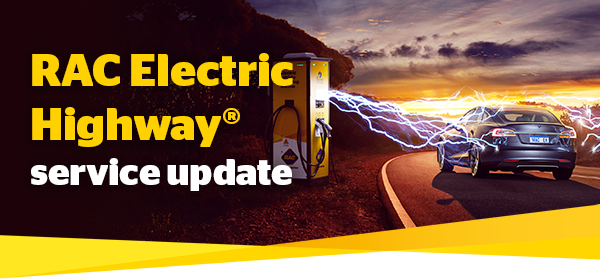
RAC built the very first Electric Highway® in Australia, so you can charge up your car while driving from Perth to Augusta and back.
We would like to let you know that from Wednesday, 17 June 2020 we will be switching to a new service provider, Chargefox. Members and the community will have access to Australia’s largest EV charging network.
To continue to access the RAC Electric Highway® users will need to download the free Chargefox app. The app allows users to:
| • | Get real-time information about charging stations – whether that’s nearby, en route or at your destination |
| • | Find and use charging stations |
| • | See the status of your charging session while you shop, play or eat |
| • | Stop your charging session |
| • | Pay for charging |
Download the free Chargefox app via:


Alternatively, you may request a free RFID card at chargefox.com/rfid.
Please note, there will be a service disruption for up to six days from Wednesday, 17 June 2020 during the transition. Prior to travelling, please click here for updates.
Teslas at the Beach
It was great to meet some new owners “in the flesh” at yeaterday’s casual meetup
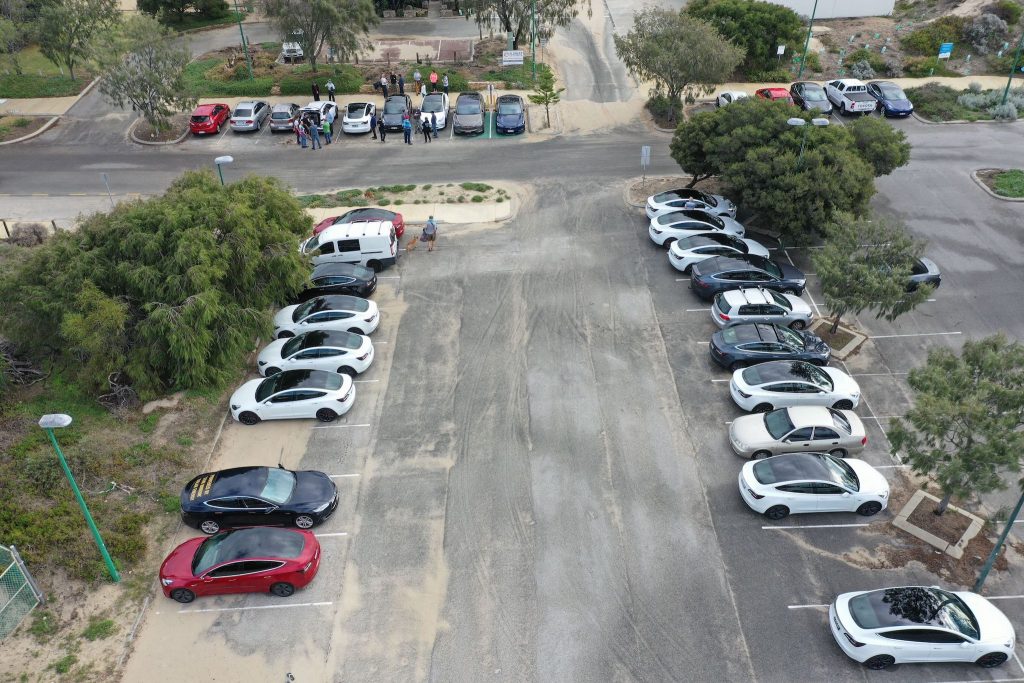
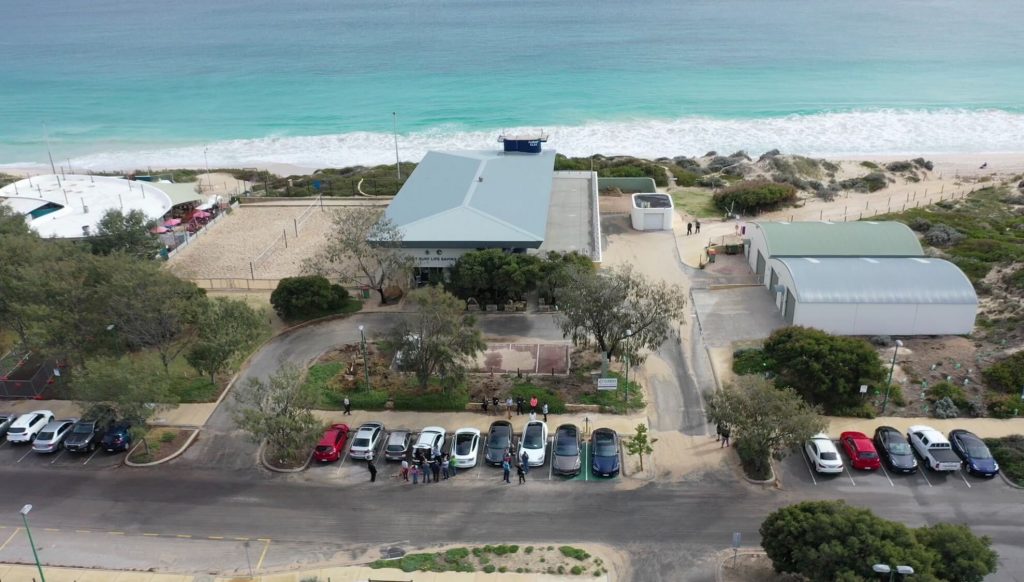
June Casual Meetups
It goes without saying that a lot has happened since our last face-to-face casual meetup at Mia Cucina Café back in March this year. Between then and now, we have held two virtual casual meetups, a charging seminar and a joint AEVA/TOCWA charging infrastructure meeting – all utilizing the Zoom platform.
Last Friday the WA government announced a 100/300 rule for bars, restaurants and cafes and a reduced 2 square metre rule.
To that end, we a planning a phased return to normal face-to-face casual meetups starting at the Floreat Beach EV charger carpark adjacent to The Kiosk Floreat Beach (Challenger Parade, City Beach 6015) on Sunday, 7th June at 1:00pm. (The PlugShare reference for this charger is https://www.plugshare.com/location/226387 )
By primarily holding this meetup in the carpark, we’ll easily be able to maintain physical distancing while being able to duck into the Kiosk/Restaurant to get a coffee or bite to eat.
For those who can’t make it on Sunday (or like many of us, can’t resist a chat), we are also holding a Zoom meetup this Wednesday evening 3rd June at 7:30. See the members section for the Zoom link.
Casual meetups are open to everyone including those who have never seen a Tesla before.
It’s an ideal opportunity to meet club members and to also see the cars in the flesh which we are all passionate about.
We hope to see you there and look forward to chatting about all things Tesla.
Charging Seminar on Youtube
For those unambe to attend our charging stream – it’s available to watch here:
AEVA/TOCWA Fast DC Charging Infrastructure Update
AEVA (WA branch) and TOCWA are pleased to announce a jointly hosted (virtual) meeting to discuss Western Australia’s Fast DC Charging Infrastructure this Wednesday evening 27th May at 7:30.
This meeting will be held using the Zoom platform.
A direct link for the meeting and optional credentials are available in the members section.
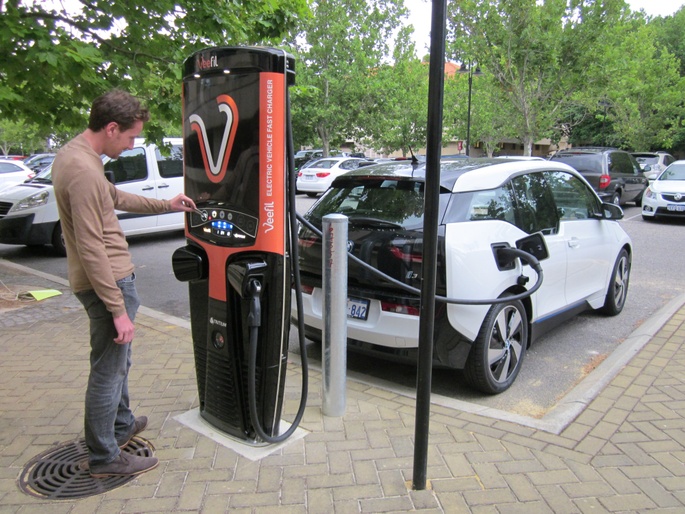
We look forward to discussing progress made in the Perth to Esperance Fast DC Fundraiser project as well as how we can all help in progressing implementation of the Electric Vehicle Infrastructure Strategic Planning report of 2018 (which can be found at https://api.research-repository.uwa.edu.au/portalfiles/portal/69370878/report.pdf )
